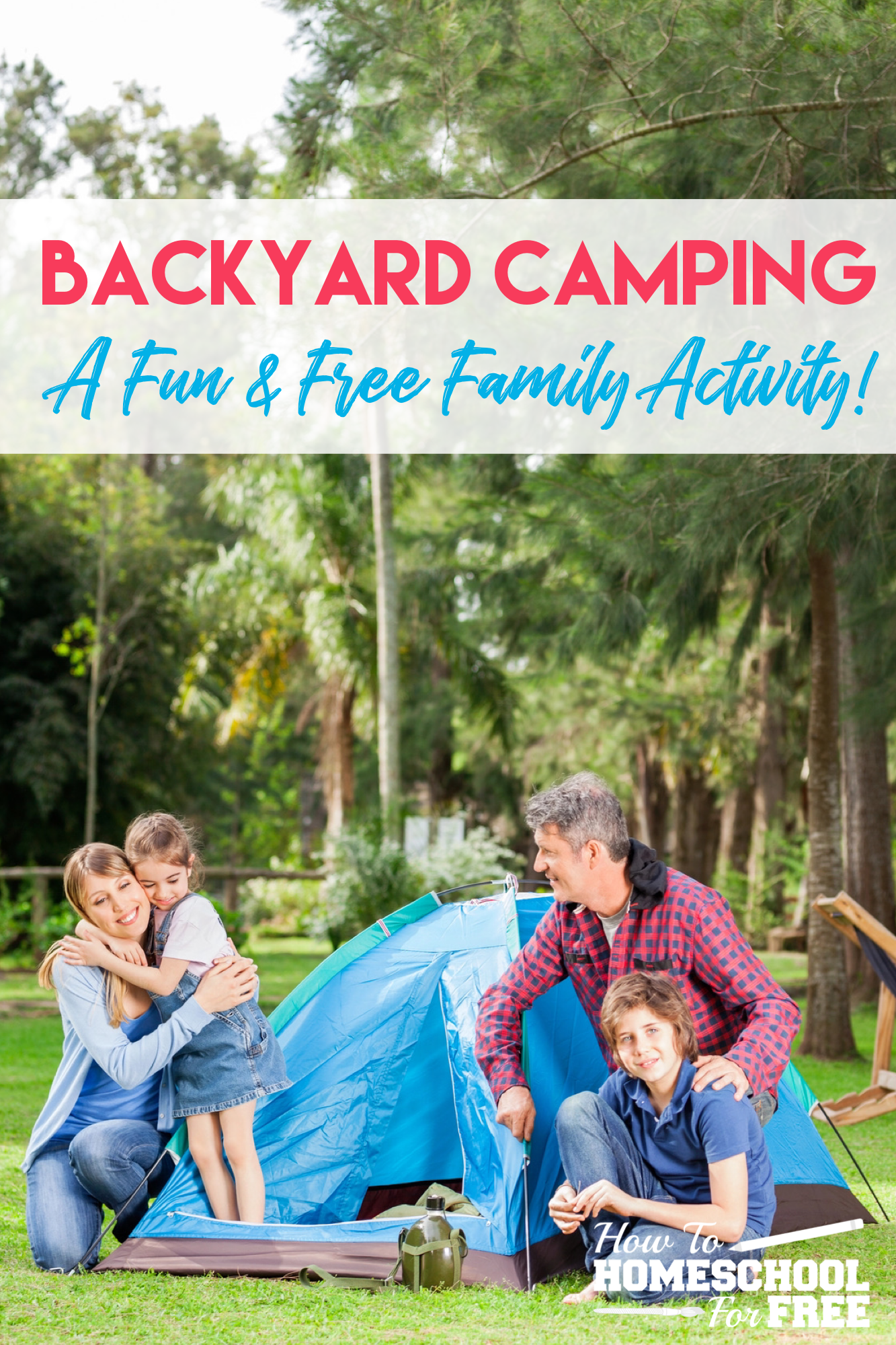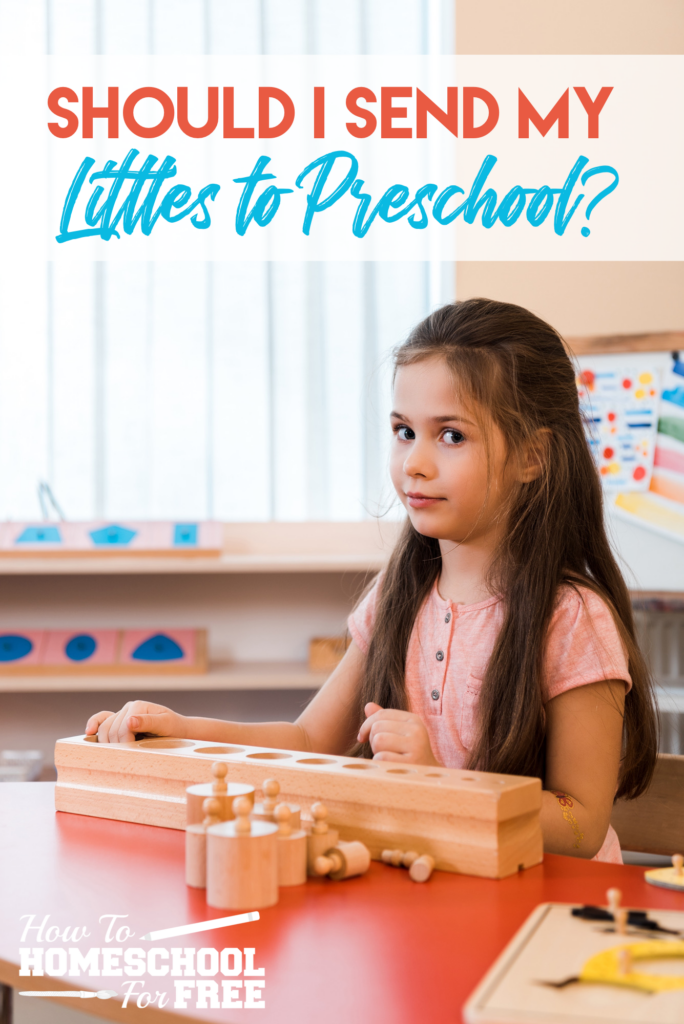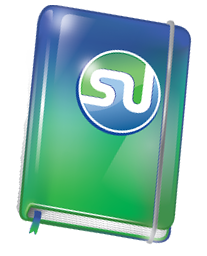
As the scorching summer sun beams down on much of the United States, many of us homeschooling families may feel the challenge of keeping our outside educational adventures fun, engaging, and most difficult of all COOL. We live in a VERY hot area of the country and it’s certainly tempting to stay inside all of the time and never venture outside. If that’s something you struggle with too hopefully these tips can help you make the most of outside activities even in the hottest areas of the country!

Early Bird Adventures
One of the simplest ways to beat the heat is to start your outdoor activities early in the morning. The temperatures are cooler, and the world is waking up, providing a perfect opportunity for nature walks, bird watching, and garden explorations. Early mornings are ideal for spotting and identifying birds. Equip your kids with a nature journal and a pair of binoculars. Encourage them to document what they see, hear, and smell. This not only fosters observational skills but also keeps them engaged and active before the day gets too hot!

Source: Wikipedia
Water Play and Learning
Water activities are one of the best ways to stay cool while venturing out in the heat of the day. Setting up a backyard splash area with a water table or a splash pad can transform a hot afternoon into a fun and potential learning experience. For example, you could teach about the water cycle stages by explaining how water from the splash pad can evaporate when heated by the sun. You could also explain condensation by capturing the water vapor by using a clear plastic sheet or container to show how water droplets form on the underside when the water evaporates and then cools.
You can also introduce water balloon games that incorporate math lessons. For example, practicing addition or multiplication by grouping balloons can turn a simple game into an engaging math exercise!
Shady Solutions
Finding or creating shade is crucial for midday activities. Setting up a pop-up canopy or a play tent in your yard creates a cool, shaded space for reading and crafts. Under the shade you can help your kids do such creative activities such as building nature collages where you collect leaves, flowers, sticks, seeds, and small stones glued to a piece of cardboard to make your own nature creation. You could also find smooth rocks and paint them with fun designs or educational themes like the alphabet or numbers.
Pro tip: Grab an extension cord and fan and make sure you have a constant breeze while making crafts! 🙂
Indoor-Outdoor Balance
On the hottest days it may be best to bring the outdoors inside. Starting a small indoor herb garden using an indoor gardening kit is a fantastic way to teach about plant life cycles. This not only brings a bit of nature indoors but also provides a cool and educational respite from the sun. Reading your favorite books together can also be a relaxing way to stay connect when it’s just too hot to venture outside.
I hope this helps you all get outside at least a *little* more when the weather is crazy hot!
























